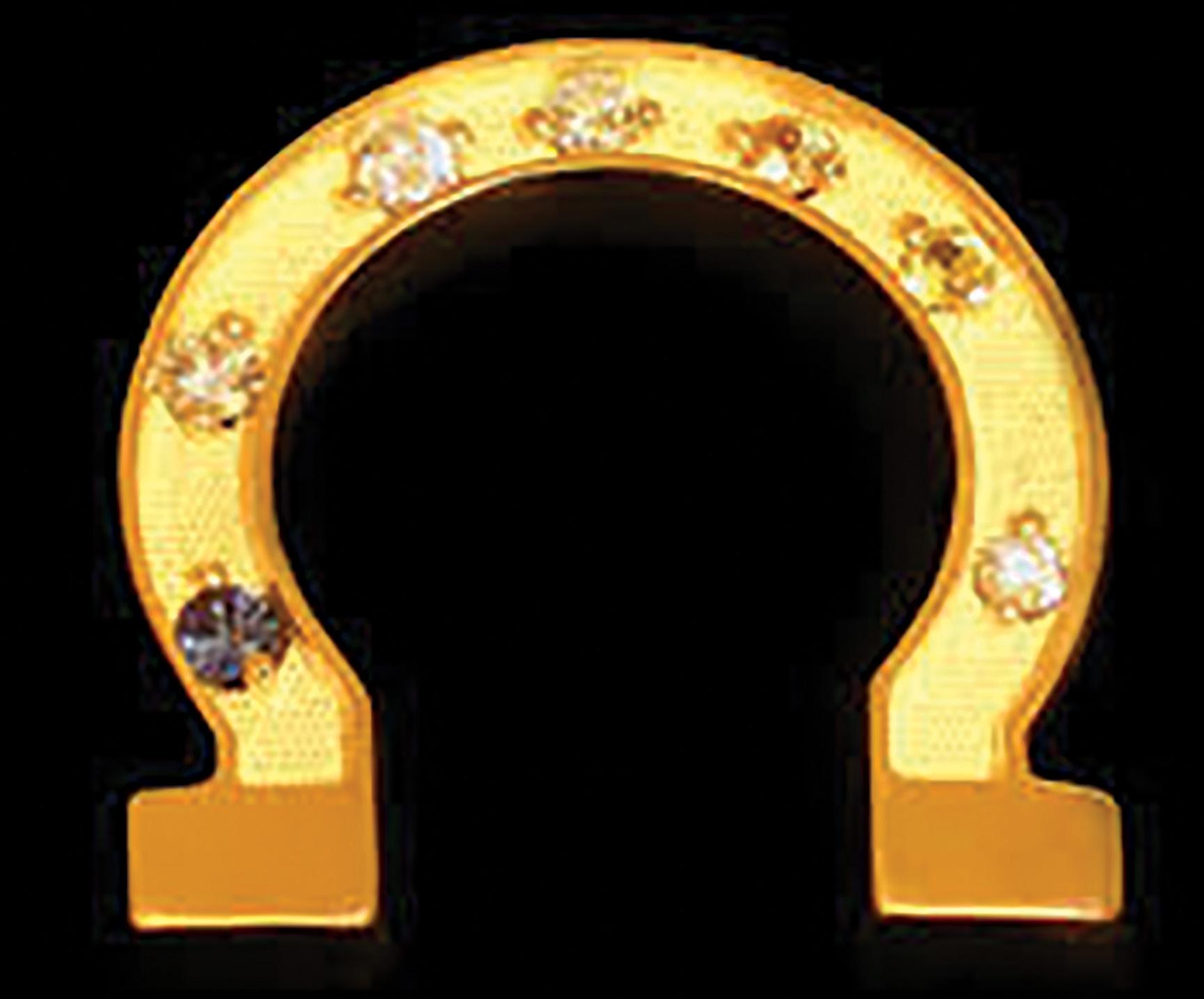
3 minute read
Exploring the Knights of the Golden Horseshoe
By Childs Burden
The story begins with a gentleman named Alexander Spotswood, who was born in the Tangier Colony in Morocco in 1676. His father was an army doctor in the service to the British Empire. In time, the family returned to England and Alexander followed his father into military life when he turned seventeen. Alexander advanced steadily within the ranks, achieving the rank of Lieutenant Colonel at age 27. He saw military action in The Duke of Marborough’s army and was seriously wounded at the Battle of Blenheim in 1704 in The War of the Spanish Succession.
Advertisement
In 1710, Alexander was appointed by King George I to take up residence in the Virginia Colony as Lieutenant Governor. He travelled to Williamsburg and became the first Royal Governor to take up residence in the Governor’s Mansion, now faithfully recreated.
During his term of service, Governor Spotswood dealt with the contentious Virginia Council while also often managing the frequent Indian conflicts that arose as colonial populations moved steadily westward.
In 1716, six years into his colonial service to the crown and at age forty, Governor Spotswood organized an exploratory expedition to cross the frontier of the Blue Ridge Mountains and lay claim to the lands found there for George I.
The expedition’s base camp was Fort Germanna, a settlement he had created by recruiting talented miners from Germany to exploit iron deposits along the Rappahannock and Rapidan rivers. The location of Fort Germanna today is between Fredericksburg and Culpeper and close to where Route 3 passes over the Rapidan. A visit to the Germanna Foundation Museum offers valuable information on this fascinating settlement on the western frontier of the Virginia Colony.
Governor Spotswood outfitted 50 men and 74 horses on August 29, 1716 and left Fort Germanna Alexander Spotswood heading west along the Rappahannock. They followed the river to Swift Run Gap southwest of Culpeper. They then descended into the Shenandoah Valley, perhaps the first white men to ever have reached this part of Virginia.

The Golden Horseshoe

Alexander Spotswood
The expedition included 14 military scouts and 4 Mehrren Indians, with one scout assigned to document the adventure. That fellow was John Fountaine and history owes him a great debt because there is no other record of this expedition.
On September 6, they rode down into the Shenandoah Valley on the east side of Massanutten Mountain and reached the north fork of the Shenandoah. Scout Fontaine chronicled what happened. “After setting up camp we enjoyed a nice dinner,” he wrote. “We then drank to the king’s health with Champaign and fired a volley in his honor, and we drank to the princess’s health with Burgundy and fired a volley in her honor and then we drank to the rest of the royal family with Claret and fired a volley in their honor. After which we drank to the Royal Governor’s health and fired a volley in his honor. We enjoyed several sorts of liquors such as Virginia red wine and white wine, two sorts of rum, brandy, punch and cider.” (Now we know what those spare horses were packing.)
At some point, the happy party buried a bottle along the river bank which housed a royal deed claiming the valley in the name of George the First of England. One also must wonder what the Native Americans must have thought about this extraordinary performance.
The party left the following day and unfortunately, Fontaine does not enlighten us as to the condition of the merry gentlemen. Still, reasonable speculation would likely conclude that the return trip must have been rather somber as the adventurers endeavored to nurse their horrific hangovers.
They made it back to Fort Germanna safely and at a later time, Governor Spotswood awarded each officer of the expedition a stickpin made of gold and shaped like a horseshoe bearing the inscription, “Sic juvat transcendere montes” meaning “Thus it is pleasant to cross the mountains.”
The golden horseshoes were each studded with semi-precious stones and of the appropriate size to attach to a watch chain. With that token of appreciation, the Knights of the Golden Horseshoe rode into history 304 years ago.
Governor Spotswood was recalled to England in 1722 but returned to Germanna in 1739, serving as Postmaster General. He died in 1740 at age 64. Today, the Knights of the Golden Horseshoe are still recognized by the U.S. Army 100th Regiment who honor their Knights for exemplary service and duty.
For more history of the Germanna Settlement, go to: www.germanna.org.










